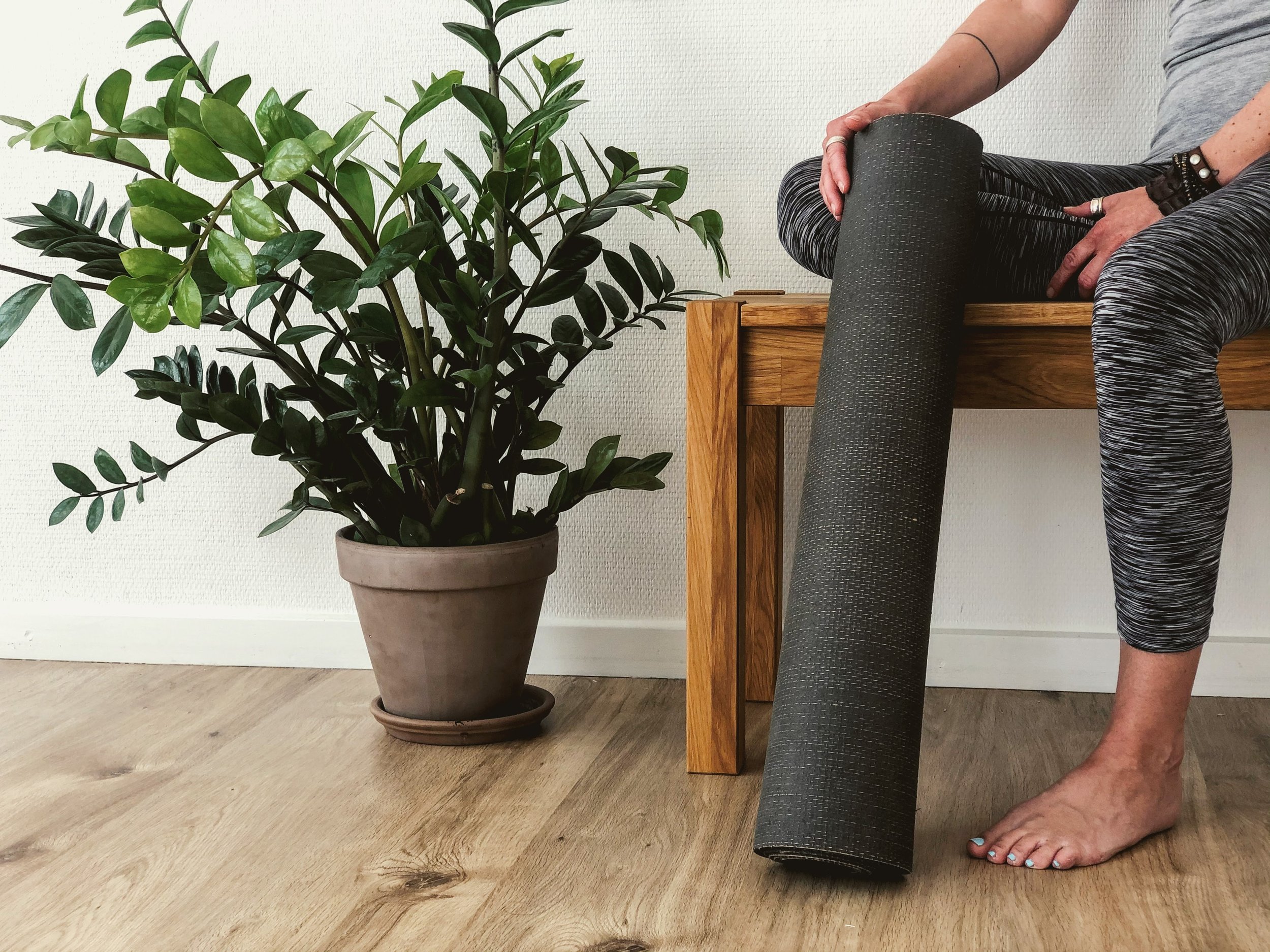What Is Pilates?
Reading time: 2.5 minutes
German born Joseph Pilates and his wife Clara opened their first gym in New York in the 1920s. Having experienced multiple health issues as a child, Joseph created his own method of training which drew on the gymnastics, yoga, martial arts, self-defence and weight training he had been doing to help manage his various ailments. His method was designed to combine the ideal balance of strength and flexibility. Since its conception in the early 20th Century, The Pilates Method has evolved and now integrates current biomechanical knowledge and understanding from trained physiotherapists. As a result, medical practitioners including GPs, physios, osteopaths and chiropractors recommend it to their patients.
Pilates aims to:
Build core strength
All healthy, efficient movement comes from a strong core, but because of our often sedentary lifestyles, our deep core muscles can become weak. As a result we can overuse other muscles which can lead to inefficient movement patterns and over time, cause pain or injury
Improve posture
We often get into bad patterns of movement – slouching and slumping. Pilates exercises encourage awareness of good posture, help strengthen our back and shoulder muscles and focus on lengthening our spines
Strengthen and lengthen muscles
Because we tend to perform the same movements day in and day out, this can cause muscular tightness around our bodies. If our muscles are tight, our joints can’t move as freely and so we can develop stiffness, aches and pains. Stretching and lengthening out muscles allows our body to move more efficiently again
How Will Pilates Benefit Me?
Pilates helps our bodies function and move better in the ways described above. It is a great antidote for modern life which can place huge physical strains on our bodies. It is a mindful form of exercise which can help reduce stress and aid relaxation.
Pilates focuses on precision of movement and targets deep set muscles, so some of the exercises may feel gentle. Rest assured, the exercises are helping us learn to engage quieter muscles (which we sometimes can’t even feel working) whilst switching off stronger, more dominant muscles.
At the end of the programme you will have a better awareness of your body, be able to move a little more freely and feel more flexible. You may also notice an improvement in your posture, and feel better supported by your core muscles.

